I'm coding a "popup window" in JavaScript and I've come across an interesting thing:

The navy square under the popup window is visible even though I would expect it to be hidden. The popup was added after the square, so it should be on the top.
CSS opacity property of the navy square is 0.3. From what I've tried, it seems that every number from the interval (0,1) would yield the same result. If I change it to 1, then it behaves as expected (i.e. the part of the square under the popup is hidden).
I've tried to set the z-index property to 10 for the square and 100 for the popup, but it doesn't change anything.
What am I missing? Why is part of square displayed?
Tested browsers:
- Firefox 3.6.x
- Chrome 4